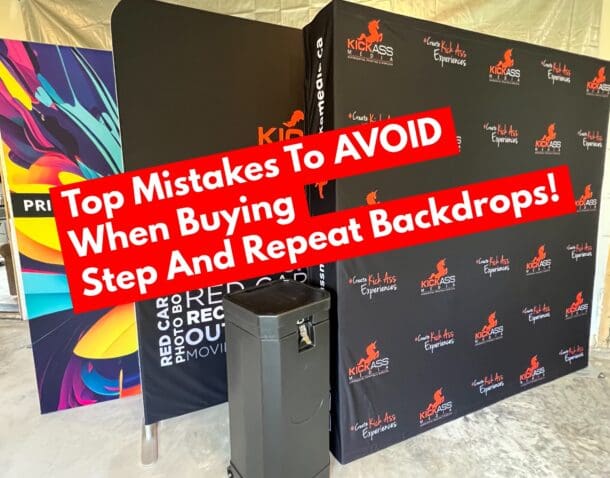 COLOR / PANTONES
COLOR / PANTONES
When preparing your artwork for print make sure you’re working to scale in CMYK color mode and that all embedded images are CMYK (Cyan, Magenta, Yellow, Black). While RGB images may look great on your RGB screen they don’t always translate well into print. Some colours, when changed from RGB to CMYK, may alter significantly. If you want to color match we prefer a sample of your desired color to a Pantone, however we can match either. Please note that Pantone selections that only feature 3 values (RGB) cannot be matched.
IMAGE QUALITY
Images designed for the web are usually 72 dots per inch (dpi). When translated to print, these images appear fuzzy and make your prints look unprofessional. For paper print, most applications require a resolution of 300 dpi. For large format printing, most applications require a resolution of 150 dpi. The easiest way to assess this is to zoom-in; If correctly set up, the image will appear clear and crisp. The image will appear blurry and fuzzy if it’s set up incorrectly. For large format printing, we suggest zooming in to 200% and for paper print we suggest zooming in to 400%.
BLEEDS AND CROP MARKS
If your background or images end or extend past the borders of your artboard always make sure you create a bleed to avoid while lines caused by trimming. Bleeds should extend at least an 1/8 of an inch past the trim marks so your image appear correctly. We also suggest the you keep key logos and type 1/8″ inside the trim line on paper print and 1″ inside the trim line on large format prints.
Aim to work with vector elements (AI, EPS or SVG)
- Save out your files as a PDF
- Make sure all your text is in outlines
- Avoid thin borders around the edge of your artwork
- To create a rich black use a mixture of 40% Cyan, 40% Magenta, 40% Yellow and 100% Black (not just 100% Black)
Why Vector Files?
It is often assumed that setting up a bitmap at 300dpi is both necessary and sufficient to make every print job come out perfectly. The inherent flaw in this view is that it assumes that the best quality print can be attained by using raster files (files composed on dots) rather that vector files (formulas created using dots, lines, fillers and locations).
This view is perpetuated mainly by file size. Vector files are tiny. Raster files are huge. We naturally think bigger is better. It’s not. That said, vector program like illustrator (which save in formats such as .ai, and .eps ) have their limitations. For one they do not allow you to manipulate images’ properties or apply many of the effects at your disposal in non vector programs such as Photoshop.
We suggest you start in a program like Photoshop to get your artwork’s raster elements resolved and add all the vector elements in illustrator. If you are starting the process in Photoshop with the end goal of printing, some considerations are worth entertaining.
First off, avoid image file types designed for web applications such as PNG and GIF. These files are designed to display on screen and as such they can’t be properly converted into CMYK (they only save in RGB and need to be converted to CMYK for print) and save at below print quality resolution (72 dpi as compared to the 150dpi which is required for large format printing).
Secondly, we suggest that you design to scale and start with the final size in mind. It is remarkable how often I receive monster files from designers who have designed a card to be printed the size of billboard or alternately have inserted an image the size of card to be printed on a billboard. Just because your image properties read 300dpi it does not mean that your embedded image will be 300 dpi. The solution: set your artboard to size and then analyze the image itself. If your image is still relatively clear when viewed at 200%, then you are in the clear.
When you are really unsure, we do a print sample which you can easily do too. Clip an 8.5X11 portion of your image and run it on your printer. Even in black and white you should get a rough indication of the resolution and if it will stand up to the application you have in mind. That said, the assumption here is that your application is a large format commercial job. If not, or if you are doing paper print we suggest that your embedded image always be to scale and 300dpi.








